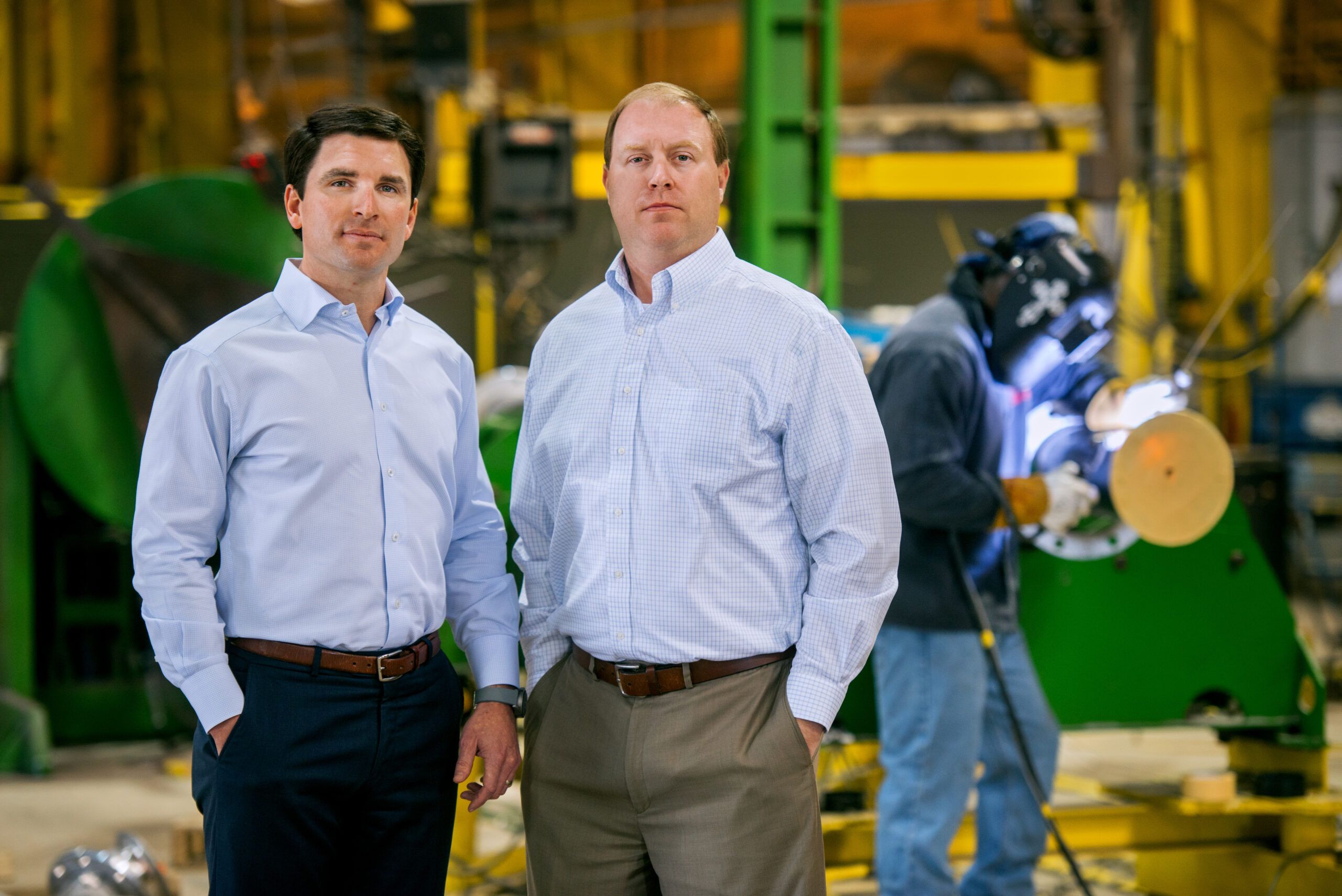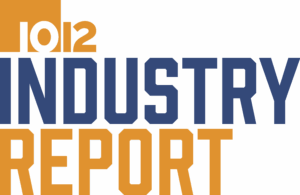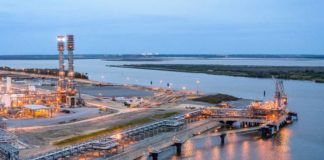
It was unquestionably serendipitous. A few years back, Performance Contractors in Baton Rouge began an extensive self-assessment to gain better visibility into its procurement processes.
The initiative was prompted by a period of rapid growth—from 2009 to 2015, revenues rose to $1.53 billion from $650 million.
Leading the effort was Lance Glaser, director of strategic procurement, equipment and logistics, who has high-level oversight of the contractor’s procurement practices. “We were growing so quickly that we realized that we had room to enhance what we were doing to take advantage of our size and scale,” Glaser says.
In the process, Performance closely examined its procurement history, including what it was buying and who it was buying from, and then began developing strategic partnerships with key suppliers and manufacturers to sharpen its ability to react to changing dynamics. Little did it know what the future would bring, and more importantly how advantageous those partnerships would become.
Pandemic-related shutdowns in upstream manufacturing facilities, followed by a range of transportation issues—shipping delays at multiple West Coast ports, rail bottlenecks, manpower deficiencies and an alarming lack of trucks—have contributed to unprecedented supply chain disruptions. And the problem might not have peaked.
Performance’s fortuitous decision to shake up its procurement processes has paid off in big ways. It now has critical partnerships in place with various vendors, which has enabled it to more accurately forecast price increases and shipping times for certain materials.
Read the full story from 10/12 Industry Report.


